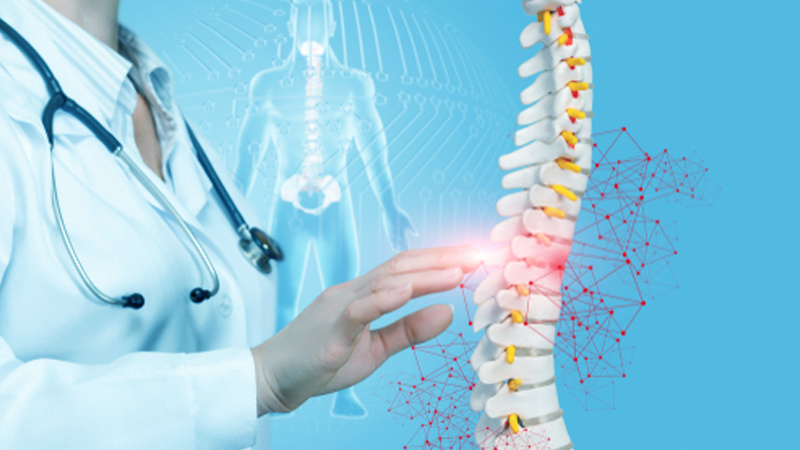
Percutaneous Laser Disc Decompression (PLDD) has emerged as a promising and minimally invasive treatment for various disc-related spinal conditions. The selection of the appropriate fiber for PLDD procedures plays a crucial role in ensuring the success and safety of the intervention.
PPLDD operates on the principle of alleviating pressure on spinal discs through the application of laser energy. This innovative procedure involves the insertion of a thin fiber optic into the affected disc under guidance, where the laser energy is then employed to shrink and seal the disc. This minimally invasive approach distinguishes PLDD from traditional open surgeries, reducing tissue damage and promoting a faster recovery.
The PLDD procedure unfolds in a series of carefully orchestrated steps. A small incision is made to allow access to the affected disc. Through this incision, a catheter is inserted, guiding the radial fiber optic directly to the targeted disc. Once in position, the laser is activated, precisely delivering energy to the disc, initiating the process of decompression. This targeted approach minimizes damage to surrounding tissues, offering patients a less invasive alternative to conventional surgical interventions.
After the beginning of the 21st century, the rapid development of minimally invasive spine surgery has provided more and more surgical options for surgeons and patients. Among the alternative therapies, PLDD has proven to be an ideal treatment of LDH. With continuous researching, this technique is becoming more and more mature and is now widely used in all over the world.
Patients improved significantly in a short time after the PLDD, which can be explained by two primary factors as follows. Laser irradiation vaporized a small amount of nucleus pulposus (NP) in the affected disc, which resulted in an immediate reduction of the intradisc pressure, thus resulting in gradual withdrawal of disk compression on the nerve root. In addition to treating nerve root compression like other minimally invasive techniques, PLDD also reduced the inflammatory factors with the generation of heat by laser irradiation.
During PLDD, a laser fiber is inserted through the needle into the center of the nucleus pulposus. Laser energy is then delivered into the nucleus pulposus to vaporize its content and reduce intradiskal pressure. So, what kind of fiber is better for our surgeons?Definitely to say it's radial fiber. Compared with the bare fiber, the radial fiber can output energy in the form of 360 degrees and protect any damage on the unwanted areas from the strongly straight or spot laser. This means safer treatment has become available.
One of the significant advantages of PLDD, in addition to its minimally invasive nature, is the comparatively shorter recovery time. Patients undergoing PLDD typically experience a quicker recovery compared to those opting for traditional open surgeries. The reduced trauma to surrounding tissues and muscles translates into less postoperative pain and a faster return to daily activities. However, individual recovery times may vary, and adherence to post-operative care instructions is crucial for optimal outcomes.
In conclusion, the advantages of radial fiber in Percutaneous Laser Disc Decompression (PLDD) cannot be overstated. This innovative approach, guided by precise and flexible radial fibers, offers patients a minimally invasive alternative to traditional spinal surgeries. The reduced recovery time, coupled with the enhanced safety and precision afforded by radial fiber, positions PLDD as a valuable option for individuals seeking relief from disc-related spinal conditions.
As we celebrate the strides made in the field of minimally invasive spinal interventions, it's crucial to note the role of cutting-edge technologies in shaping the future of healthcare. In this context, the Pioon M2 surgical laser stands out as a noteworthy example of technological innovation harmonizing with the principles of nature. The Pioon M2, with its advanced features and precision, complements the ethos of PLDD by providing surgeons with a reliable tool for delivering optimal outcomes.
The natural synergy between the principles of PLDD and the technological prowess of the Pioon M2 surgical laser highlights the ongoing evolution in spinal healthcare. Patients and practitioners alike can look forward to a future where the marriage of nature-inspired methodologies and state-of-the-art technologies continues to redefine possibilities and improve the quality of life for those seeking relief from spinal ailments.